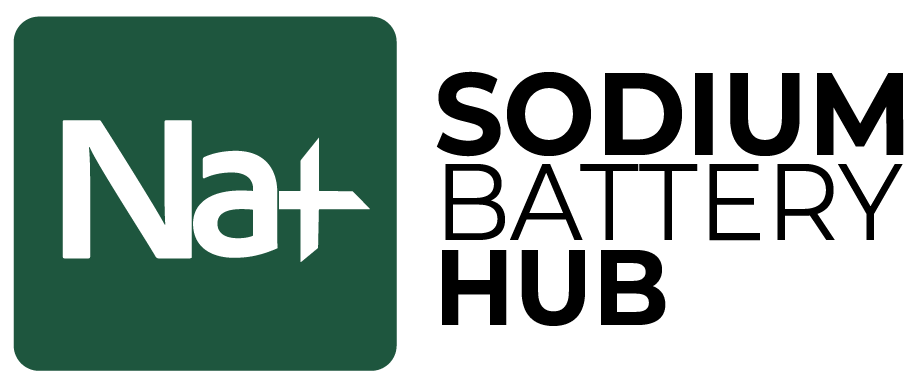### Sodium-Ion Batteries: A Promising Alternative
Trade tensions with China and new lithium tariffs have created an alternative path for sodium-ion batteries. These batteries, known for their abundant resources and low manufacturing costs, are now gaining traction in global energy storage markets.
### Rising Demand for Sodium-Ion Technology
Natron Energy Inc., a leading US manufacturer of sodium-ion batteries formed in 2012, has taken the spotlight. In April 2024, the company opened its first plant in Holland, Michigan, a $40 million endeavor to retrofit an existing $300 million facility. By late 2025, this facility aims to produce 600 megawatts of sodium-ion batteries annually, nearly enough to power a city the size of San Diego. To meet growing demand, Natron plans to build a $1.4 billion plant in North Carolina, boosting its production capacity fortyfold.
### Cost Efficiency and Safety Advantages
Sodium-ion batteries offer several distinct advantages over Lithium-ion batteries. They are cheaper to produce and safer due to their reduced combustibility. These batteries can be stored with no charge, decreasing fire risks—a key consideration for energy storage facilities. Their rapid discharge rate is another standout feature. Unlike Lithium-ion alternatives, which can take an hour to release all their power, sodium-ion batteries can discharge in as little as two minutes.
Natron targets industries such as data centers and cloud computing, where weight and size constraints are less critical. These sectors benefit from sodium-ion batteries’ quick discharge rates, which are vital during power outages to maintain operations while backup systems activate.
### Market Trends and Global Adoption
With the energy storage sector projected to grow significantly, BloombergNEF forecasts that sodium-ion batteries will account for 15% of the market by 2035, compared to their current 1% share. The rising adoption of sodium-ion batteries is driven by increasing concerns over lithium supply and trade-related challenges. For example, China refines most of the world’s lithium and graphite. Tariffs on these materials encourage manufacturers to pivot to sodium-ion alternatives, as they use hard carbon, an abundant resource, for electrodes.
Chinese companies, including battery giants Contemporary Amperex Technology Co. Ltd. and BYD Co., have also started investing in sodium-ion technology. In the Chinese EV market, sodium-ion batteries are already powering budget-friendly Electric Vehicles, making them an attractive option for consumers seeking affordability.
### Future Prospects and Industry Support
Natron’s batteries are destined for diverse applications. Beyond data centers, they are poised to serve military, oil, and gas industries—which require both quick energy discharge and reliable recharging. Natron’s CEO, Wendell Brooks, predicts that the company’s North Carolina facility will eventually lower costs by half.
Though sodium-ion batteries may not surpass Lithium-ion in overall market share, they are well-suited for targeted markets. Paired with complementary technologies such as lithium iron phosphate batteries, they represent a sustainable and competitive solution for energy storage.
Sodium-ion technology signifies a new era in battery innovation. Amid rising global energy demands and geopolitical challenges, this alternative is paving the way for more affordable and reliable energy solutions.
Disclaimer:
The content presented on this page has not been manually verified by our team. While we strive to ensure accuracy, we cannot guarantee the validity, completeness, or timeliness of the information provided. Always consult with appropriate professionals or sources before making any decisions based on this content.
The image is randomly selected and doesn’t necessarily represent the company or the news above.







